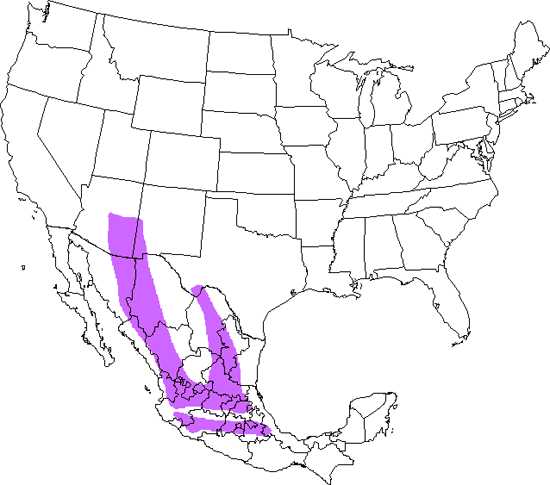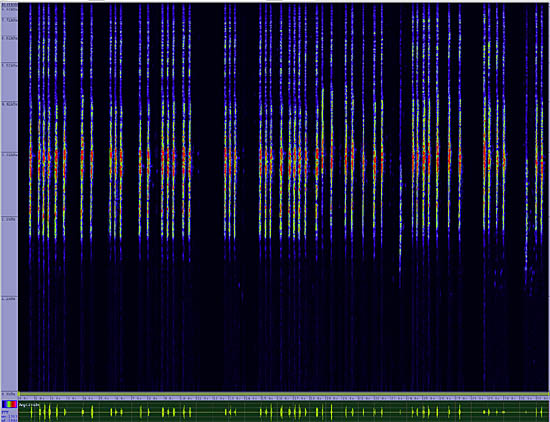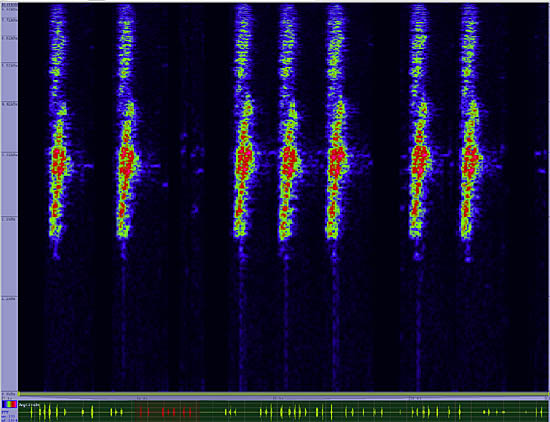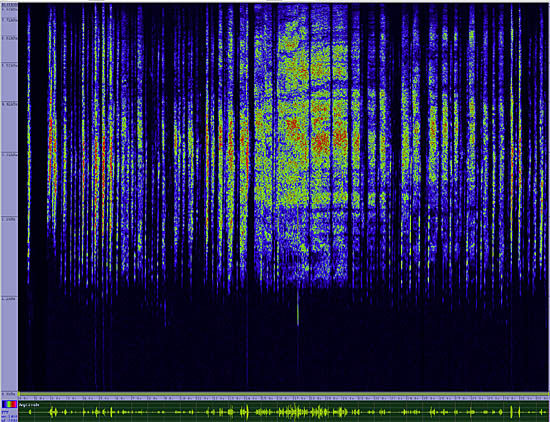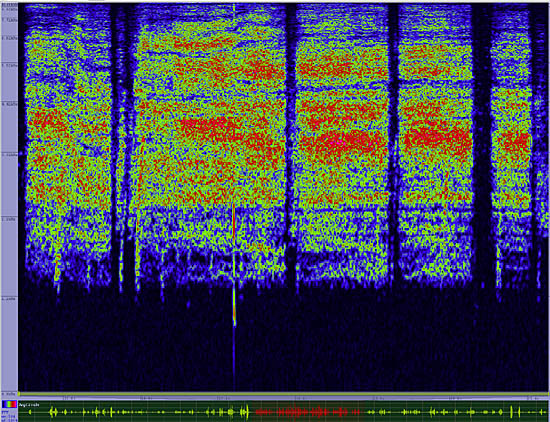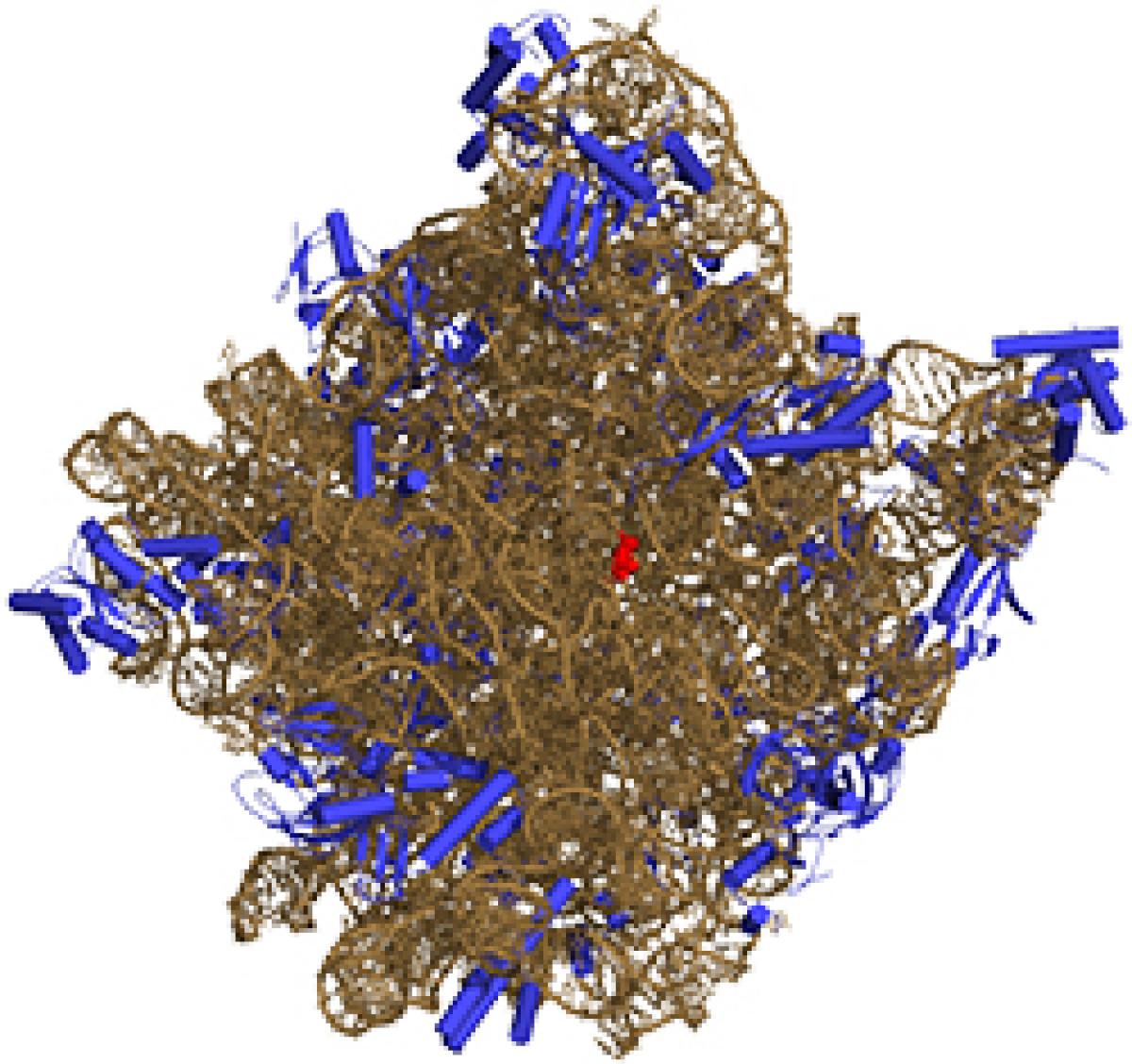Mexican Jay
Aphelocoma ultramarina

Perching
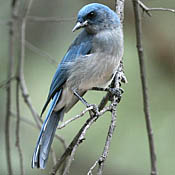
Length: 12 in. (29 cm )
Large, noisy and gregarious, this jay is common in pine-oak woodlands of mountainous areas. The Mexican Jay is easily attracted to seed feeders but in the wild it relies heavily on acorns. The small family groups in which it travels all help build the large bulky nest that the dominant pair will use. The rest of the flock also helps feed the young once they hatch out.
The four-digit banding code is MEJA.
Bibliographic details:
- Article: Mexican Jay
- Author(s): Dr. Biology
- Publisher: Arizona State University School of Life Sciences Ask A Biologist
- Site name: ASU - Ask A Biologist
- Date published: 13 Jul, 2017
- Date accessed: 21 May, 2025
- Link: https://askabiologist.asu.edu/activities/bird/mexican-jay
APA Style
Dr. Biology. (Thu, 07/13/2017 - 15:37). Mexican Jay. ASU - Ask A Biologist. Retrieved from https://askabiologist.asu.edu/activities/bird/mexican-jay
Chicago Manual of Style
Dr. Biology. "Mexican Jay". ASU - Ask A Biologist. 13 Jul 2017. https://askabiologist.asu.edu/activities/bird/mexican-jay
MLA 2017 Style
Dr. Biology. "Mexican Jay". ASU - Ask A Biologist. 13 Jul 2017. ASU - Ask A Biologist, Web. https://askabiologist.asu.edu/activities/bird/mexican-jay
Be Part of
Ask A Biologist
By volunteering, or simply sending us feedback on the site. Scientists, teachers, writers, illustrators, and translators are all important to the program. If you are interested in helping with the website we have a Volunteers page to get the process started.



